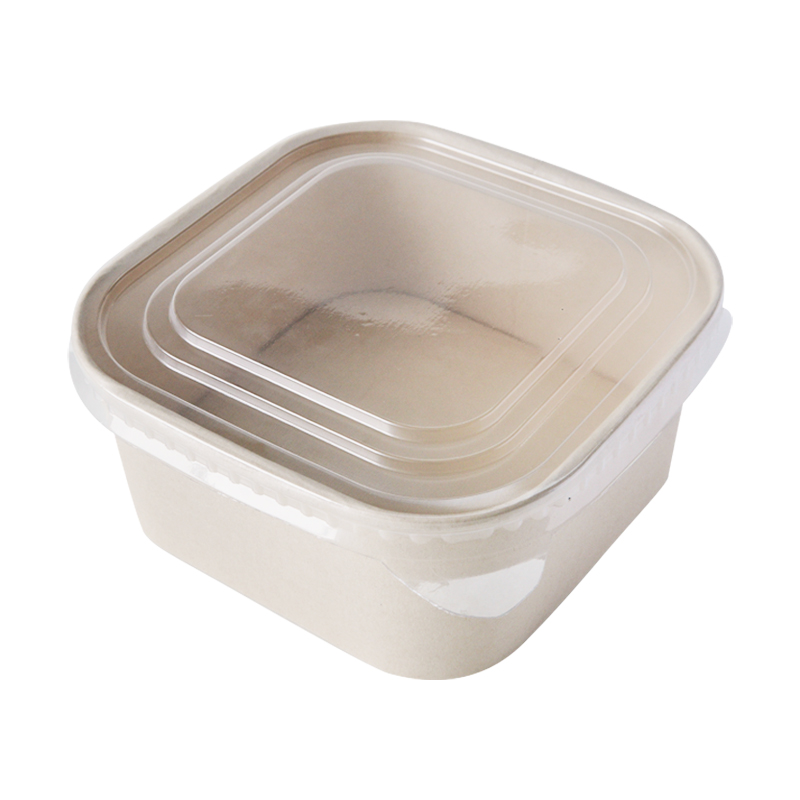
Paper food bowls have become increasingly popular in recent years as a more eco-friendly alternative to traditional plastic or Styrofoam food containers. These paper bowls are typically made from recycled or sustainable materials, and they are biodegradable and compostable, making them a more environmentally friendly option for disposable food packaging.
One of the main benefits of paper food bowls is that they are biodegradable, meaning they can easily break down in the environment without causing harm to wildlife or ecosystems. This is in contrast to plastic and Styrofoam containers, which can take hundreds of years to decompose and can release harmful chemicals into the environment as they break down. By using paper food bowls, we can help reduce the amount of plastic waste that ends up in landfills and oceans, and decrease our overall impact on the environment.
In addition to being biodegradable, paper food bowls are also compostable, meaning they can be broken down into nutrient-rich compost that can be used to help grow new plants and crops. This can help reduce the amount of organic waste that ends up in landfills, and create a more sustainable food system overall. By choosing paper food bowls over plastic or Styrofoam containers, we can help support a more circular economy where resources are reused and recycled to minimize waste and protect the environment.
Many paper food bowls are made from recycled materials, which helps reduce the demand for virgin materials and decreases the environmental impact of producing new packaging. By using recycled paper for food bowls, we can help conserve natural resources, reduce energy consumption, and lower greenhouse gas emissions associated with paper production. This can help create a more sustainable supply chain for food packaging, and support efforts to reduce our overall carbon footprint.


